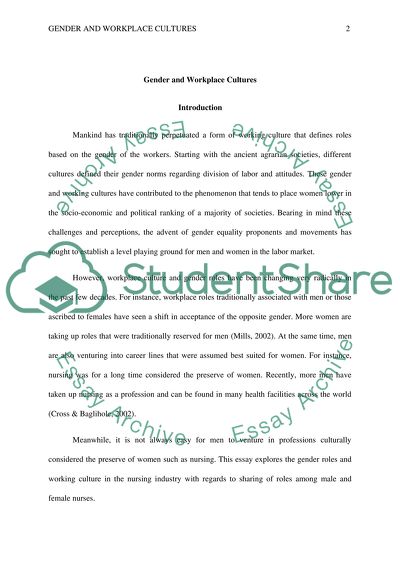Cite this document
(“The Gender Roles And Working Culture In The Nursing Industry Essay - 4”, n.d.)
Retrieved from https://studentshare.org/gender-sexual-studies/1663593-research-essay
Retrieved from https://studentshare.org/gender-sexual-studies/1663593-research-essay
(The Gender Roles And Working Culture In The Nursing Industry Essay - 4)
https://studentshare.org/gender-sexual-studies/1663593-research-essay.
https://studentshare.org/gender-sexual-studies/1663593-research-essay.
“The Gender Roles And Working Culture In The Nursing Industry Essay - 4”, n.d. https://studentshare.org/gender-sexual-studies/1663593-research-essay.


